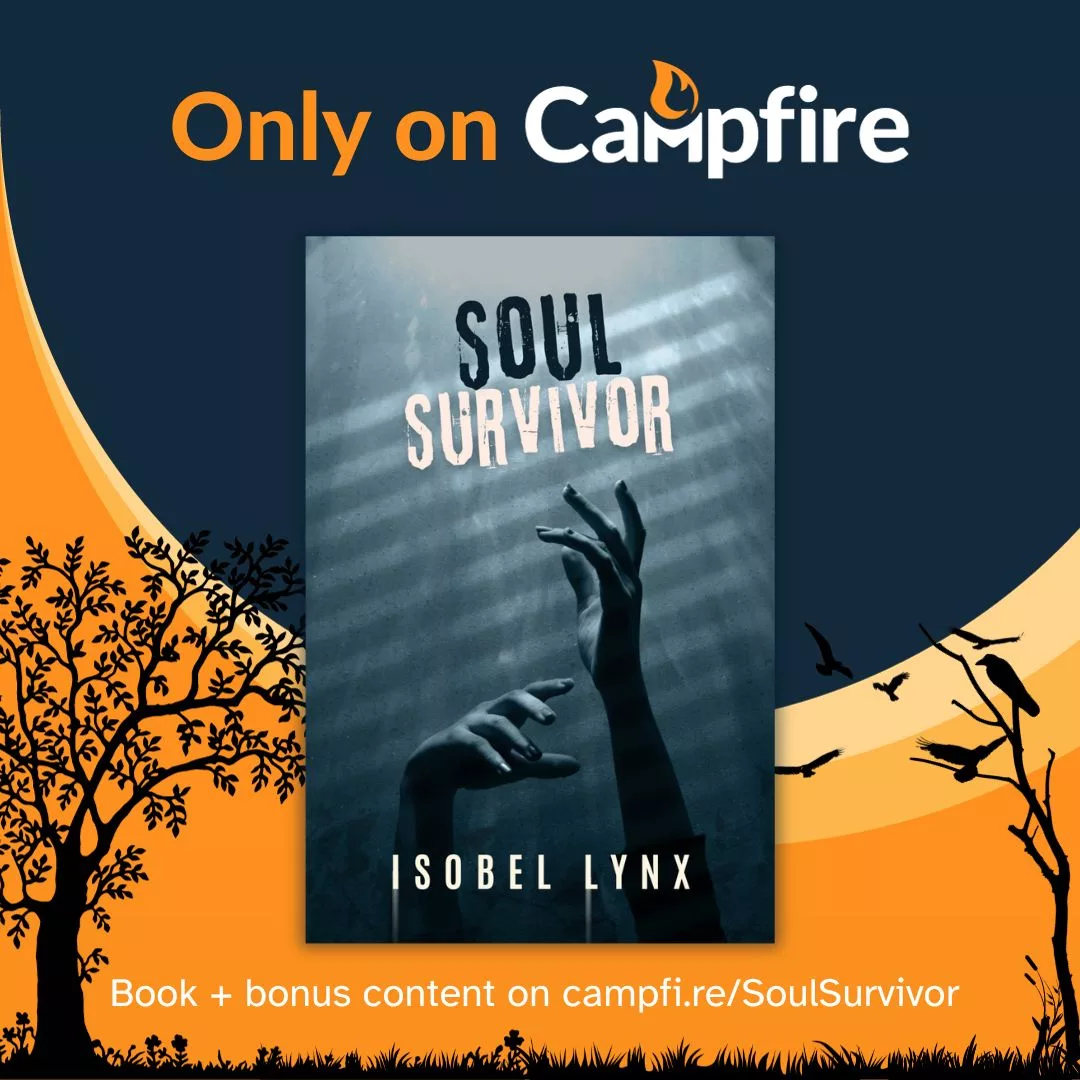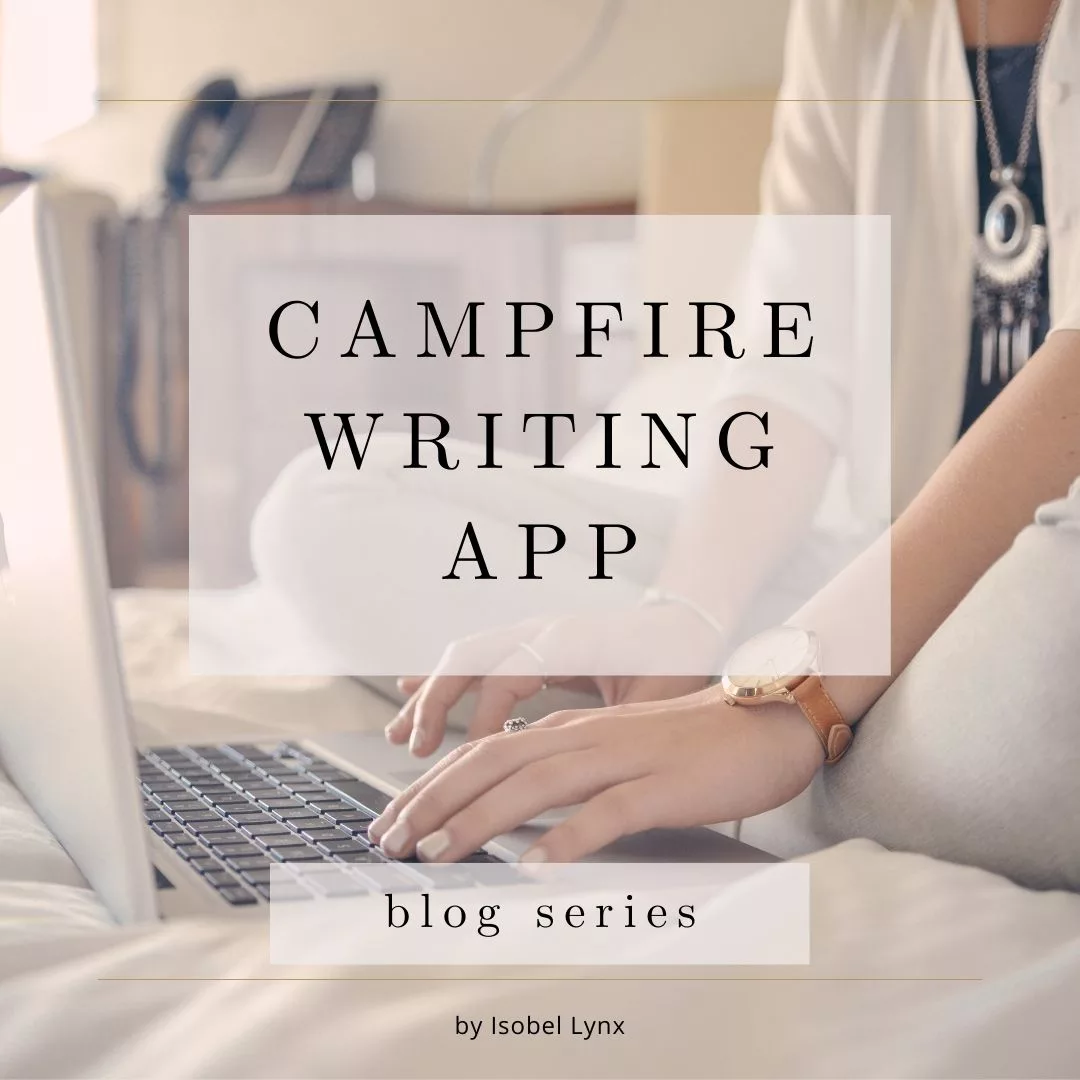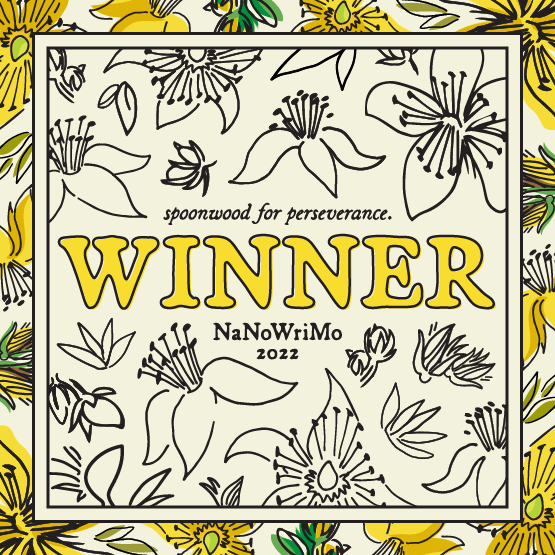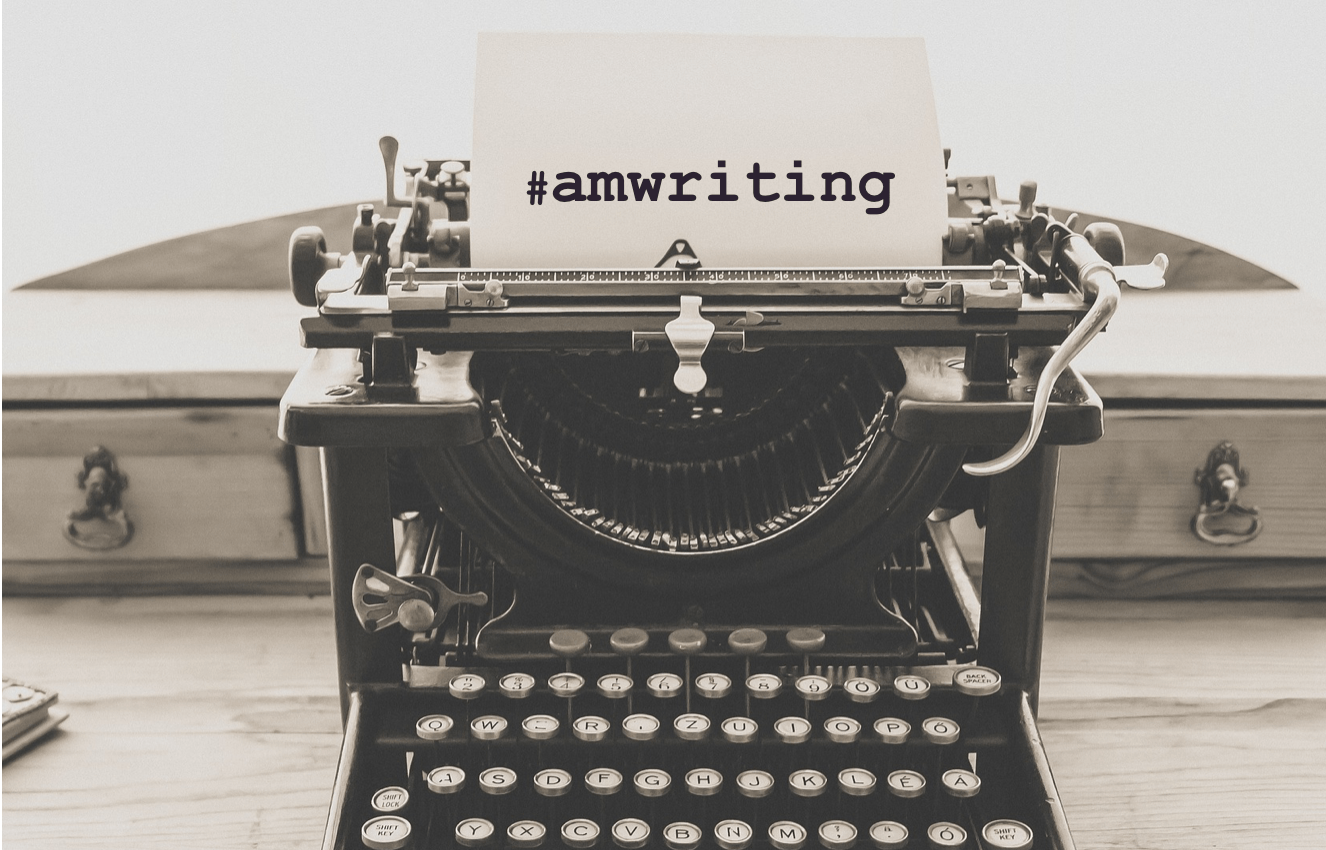There is a lot of advice out there that warns against the evils of infodumps, but most of it fails to address the root cause of why writers fall into an infodump trap: imbalanced worldbuilding which overwhelms the reader.
What if there was a way to ensure you, the writer, didn’t need to drown the reader in exposition they can’t handle? How can you tell if you’re setting yourself up for a difficult writing journey? The answer is in finding balance in your worldbuilding, such that you can maintain interesting complexity and understandable simplicity at the same time.
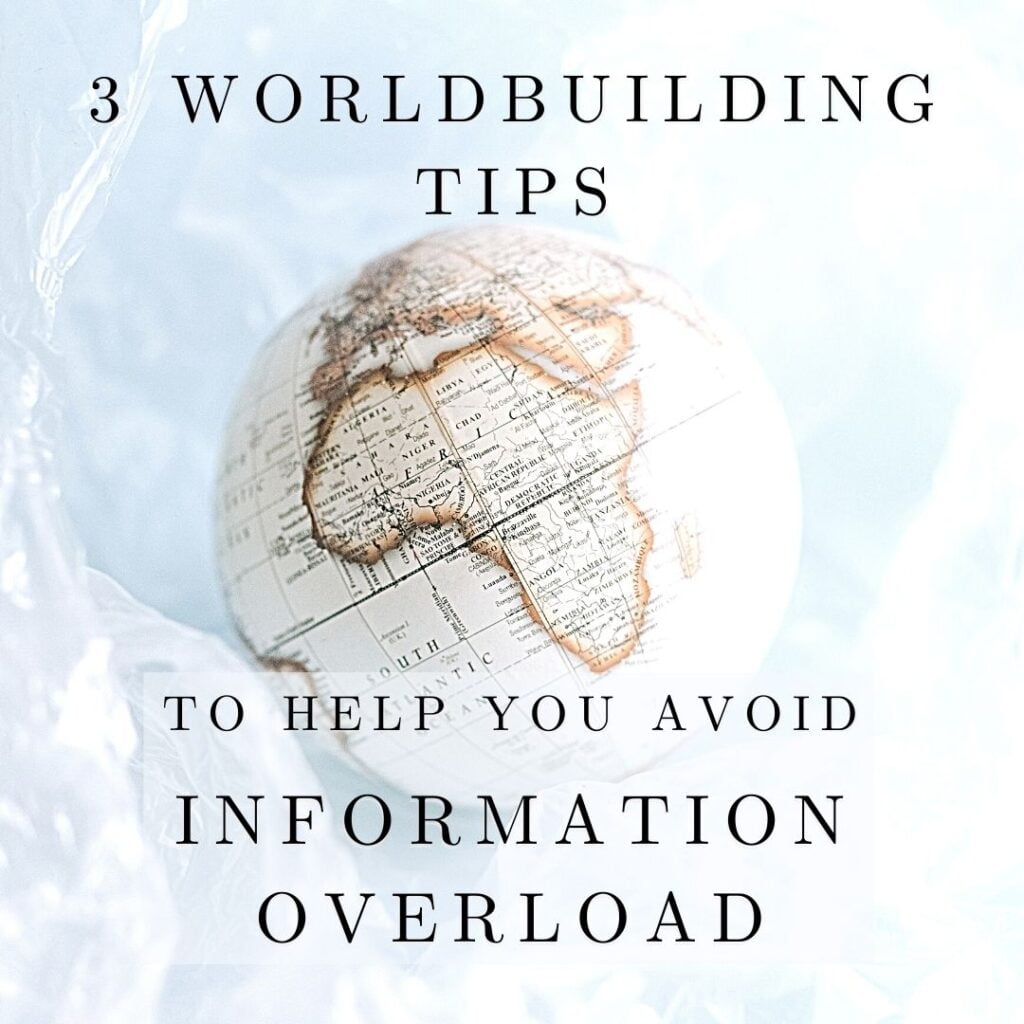
What is worldbuilding
Every story needs worldbuilding, even contemporary fiction, but when we enter the realm of speculative fiction, that’s when it can get out of hand.
Worldbuilding refers to creating a backdrop setting for the story and it comprises of many elements that make up a world:
- The natural world: Does it resemble our Earth or is it an Alternative Earth that’s slightly different? Or maybe action is taking place on another planet? What is the climate of that place? What are the plants and species?
- Time: Is it happening now, in the past, or the future? Is the history the same as we know it or is it different?
- Magic and technology: What’s possible in this world?
- Society and cultures: What political system is it? What are the social customs and standards? What do people believe in?
The more these details deviate from the real world, the more complexity is introduced. Complexity by itself isn’t bad. It can be fascinating. Readers love exploring made-up worlds. The writer’s challenge is in introducing a new world without boring or confusing the reader.
Tip 1. Choose when to show off your world
Readers have a limited amount of attention they can give at a time. You should always ask yourself, what is more important to the reader right now: your precious worldbuilding or the story? Can the reader understand the context and the magnitude of what is happening right now if you don’t give them extra information? If they do need it, is this the best way to deliver it or should it have come earlier?
Trust me, I completely understand the temptation to tell the reader everything. I’ve created an epic world where everything has an origin story and meaning. I had fun creating it and I hope that my readers would love it as much as I do, but that love has to be earned. They have to finish reading the book and love the story to love the world.
When they pick up your book, readers don’t want to dive into the backstory. They want to hear THIS story, the one they set out to read, the one you promised to deliver when the book caught their eye. Everything more than that will feel like reading a textbook.
Deliver the worldbuilding by letting it be the backdrop setting for your character’s actions, introduce lore through character attitudes while your character is pursuing their main story goal.
An example of worldbuilding that could use improvement:
Cambion Town was a busy part of town. Ruby encountered cambions of many races and felt overwhelmed. Some had horns, tails, or skin of unusual color. It was a chaotic but also cool.
This example is a bit dry and it’s also a classic case of the dreaded telling. Listing out what the character sees isn’t exactly exciting and the reader would likely forget what they’ve read.
Let’s try to flesh it out by adding action and specificity to it and show the reader what Cambion Town looked and felt like so they can draw their own conclusion if it’s chaotic or cool.
It was easy to tell when Ruby entered Cambion Town. Glossy business center gave way to crowded sidewalks, forcing him to watch his tail so it wouldn’t get stepped on.
“Hey, handsome,” a purple-skinned cambion called out to him and opened his long coat, exposing a collection of little vials attached to the underside. “In the mood for a Bottled Dream?”
Ruby stumbled back and bumped into an elderly lady with horns bigger than her head.
“Pardon me,” he mumbled, watching her angry expression. But she wasn’t looking at him. He got out of the way just in time to see her lock horns with another horned lady.
“They do this every time they play chess,” a bystander commented. “Ladies! Break it up!”
The second example serves as a better introduction of worldbuilding because it balances it out with the storytelling. The character doesn’t just lists out what he sees—he interacts with the setting while he’s making his way from point A to point B. The story doesn’t stop to describe the setting.
The second example reads more natural and is more memorable to the reader. So if any of this information was needed for a later scene, the reader will already have it. For example, if a later scene mentioned a vial of Bottled Dream, the reader could guess where that vial was purchased.
Tip 2. Make fantasy familiar
One of the elements of worldbuilding is vocabulary. Both fantasy and sci-fi writers love to invent new words to go with their world. These could be character names, places, objects, or professions. Some writers go as far as inventing entire languages.
There is no rule against inventing vocabulary. In fact, it can be quite fun and memorable, but when overdone, it can confuse the reader. Choosing when and where to place the invented words can make or break the story so what do you do when you have a scene that has a lot of invented words? How do you ensure the reader can follow the story?
The secret is in dressing up the invented concepts into something the reader is familiar with. When you introduce many new or rare words, balance them out with familiar words the meaning of which the reader can guess.
For example, in my science-fantasy world, I created these cool magic-powered vehicles. The original name I gave them was Merporters (transporters designed by Merlin). Can you picture what Merporters are just by hearing that term?
I guess not.
What if I named them hoverpods? Can you imagine the vehicle now? How does it move? What shape is it?
Do you see the appeal of this method? By giving the vehicle a familiar name, I make it easier for the reader to picture the scene and make it easier for myself as well because I don’t have to spend too much time describing an object that’s part of the setting. The invented word would likely be forgotten by the reader, but they would remember the hoverpods because they could easily imagine them.
Reader attention can be better spent elsewhere. Especially if you have unique character and place names, make the smaller details familiar to balance out the vocabulary.
On that note, we’re getting closer to the main problem: balancing worldbuilding.
Tip 3. Balance worldbuilding with storytelling
You want to strike balance in your storytelling to not overwhelm the reader, and worldbuilding is where a lot of balance can get lost. To demonstrate what I mean, let’s look at a specific worldbuilding element: Magic, and what it can do to a story.
Magic systems are built around the concept of inputs and outputs. Input is what it takes to create magic. Output is what magic can do. It’s easy to lose the reader if both inputs and outputs are complex.
If your output is complex (magic can do A LOT), then the inputs should be simple and vice versa.
Let’s take a well-known example to see this demonstrated: The world of Harry Potter.
Example of balancing a magic system
The major inputs in the world of Harry Potter are simple: a wand + a spell, a potion, maybe a magic-imbued object. That’s what we’d use to create magic. Sure, a few innate abilities are introduced in the series (like speaking to snakes), but since they’re considered to be very rare abilities, it still fits within the ‘simple enough’ realm.
The outputs are complex. There is nearly no limit as to what magic can do in this universe. It can heal. It can change physical characteristics of objects, even people. It can take people places. It can conjure things out of thin air. Anything you can think of – magic can do it.
If J. K. Rowling instead added complex inputs to her magic system, everything would become much too complicated. For example, if different types of wands were required to create different types of magic, or if different wizards could create different magic based on their innate abilities, or if some wizards were using wands, others weren’t, or if everyone had to invent their own spells—things would quickly get out of hand. It would cause imbalance because the reader would no longer be able to remember what’s needed for what, who can do what, and the stakes of the story would get lost in the complexity.
Worldbuilding imbalance
An imbalanced magic system is difficult for the reader to understand but it’s also difficult for the writer to work with. Plot holes and inconsistencies are hard to avoid the more imbalance is introduced.
Let’s continue with Harry Potter. Notice the problem that’s created with the introduction of The Time Turner (a little time machine) – a new input is added to the existing magic system and it introduces plot holes. If a device such as a The Time Turner existed, why hasn’t it been used to avoid major disasters? Why hasn’t Voldemort tried to obtain it? I won’t even get into the argument why anyone would give a time machine to a 13-year old girl just because she wanted to study more.
Time travel adds a major difficulty to any story that wants to use it. Be prepared for your complexity levels to shoot through the roof and for your readers to take your plot apart if you commit to messing with time. You’ve been warned.
Consider all worldbuilding and storytelling elements
Besides looking at your individual worldbuilding elements, like the magic system, you have to consider other elements and add them all together. Is your social/political system complex? Then you should keep your magic system simple. What about your plot and character development? If your plot has a lot of twists and turns, then you want the readers to be able to follow that, you don’t want them to get bogged down by complex worldbuilding on top of the story’s intrigue. If you’re experimenting with story structure or style, keep the worldbuilding and the story’s plot simple.
Following the same logic, if your plot is straightforward and traditional, following common themes and conventions (for example, a classic hero’s journey or a sweet love story), you have more room for fancy worldbuilding.
In each case, worldbuilding needs to serve your story. Your story doesn’t exist to show off your cool world. Rather, your cool world exists to enhance a story that’s already good by itself.
Your story doesn’t exist to show off your cool world. Rather, your cool world exists to enhance a story that’s already good by itself.
Consider all of these elements together:
- Magic system, or in the case of sci-fi, science and technology,
- Political and social scene,
- Species, races, religions, cultures,
- Invented vocabulary (names, locations, powers, items),
- Family drama (a lot of family members),
- Main cast (a lot of main characters),
- Plot complexity (plot twists, red herrings, side quests, non-linear timelines),
- Story structure (following traditional conventions or experimental).
Don’t forget the cool factor
In your quest for striking balance in your story, keep in mind the cool factor. What do you think will attract the reader more? What element will your readers remember the most? What do you want your story to be known for?
The answer to those questions should guide you in choosing the element you should flesh out the most, the element that all other elements will be balanced against. Don’t let another element overshadow or suffocate what’s really special about your story. Create a balanced world to help the reader fall in love with it.
Check out other posts about the art of writing
Discover more from Isobel Lynx
Subscribe to get the latest posts sent to your email.




